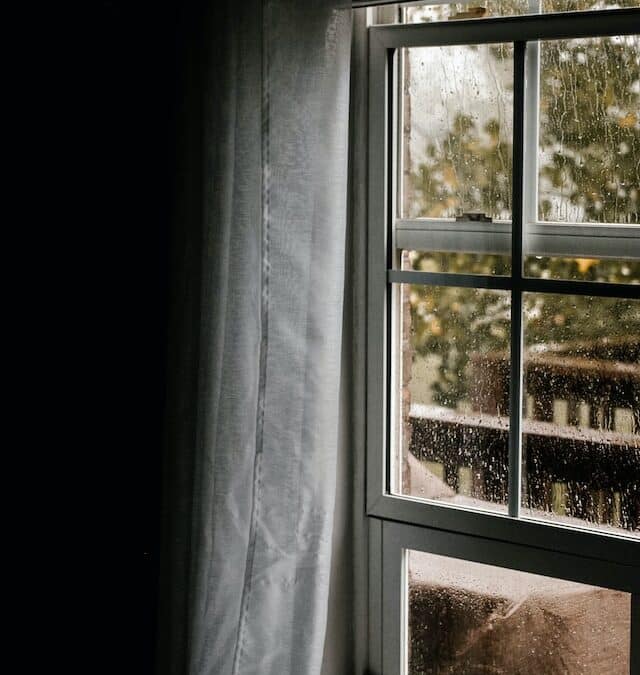
Your home is a surprisingly complex place.
In addition to the structure, you have heating, air conditioning, electricity, and plumbing; all working together to create a hospitable environment.
However, homes that are hospitable to humans can also support another life form: mold. Where does it usually occur, and what can you do to prevent it?
1. How to Spot Mold in Your Basement

Mold loves a dusty basement. Why? For one, they’re extremely tough to ventilate, leading to stale and often moist air.
Secondly, they contain a lot of pipes, which can cause infestations through drip leaks or an outright burst. And it’s easy for water to pool up on concrete floors.
Since basements are often used only for storage, it’s easy for mold to go undetected there.
How to Prevent Basement Mold Growth in Your DC Home
Dehumidifiers are a great one-stop solution for mold in musty areas like basements.
That said, you don’t necessarily need one to keep mold at bay; inspecting for mold on a regular basis should be enough to catch any early spore collections. When you make your inspections, be sure to check these spots:
- Pipes: look for leaks, bulges, and condensation
- The area around your sump pump
- Windows and vents
- Pipes: fix any leaks promptly
- Waterproof and mold-resistant paint can also work wonders.
2. How to Spot Bathroom Mold in Your DC Home
Mold loves moisture, and there’s no more moist room in the house than the washroom—unless, of course, you have a sauna (If so, congrats on leading a perfect life).
As both the smallest and wettest room in the house, bathrooms get exposed to all kinds of mold.
Throw in the challenge of ventilating a bathroom, and you have a room with a significant risk of growth. Where does it tend to grow in bathrooms?
- Toothpaste and toothbrush caddies
- Toilet tank and the area behind the toilet
- Underneath the bathroom sink
- Shampoo bottles
- Washcloths and loofahs
- Shower curtains
- Shower heads
- Tile grout
How to Prevent Bathroom Mold
- Keep your bathroom ventilation fan on during showers and baths and for fifteen minutes after
- Regularly inspect the aforementioned hard-to-reach places for mold
- Wipe dry any post-shower puddles
- Wash the dishes daily
- Scrub bathroom tiles clean regularly
3. Identifying (And Fixing) Kitchen Mold Infestations

Old lemons in your crisper drawer aren’t the only danger zone for kitchen mold.
Moisture from the sink and hidden moldy food are common sources of kitchen infestations. Mold also often grows in cabinets beneath the sink, where drippy pipes create standing water.
The added humidity from stoves and scalding sink water can quickly cause growth. Some of the most common places to check for mold in the kitchen include:
- Trash cans
- Behind the stove (where food crumbs fall)
- Windows and window sills
- In your kitchen sink and the cabinet below
- Refrigerator: pay close attention to drip trays and water dispensers
- Around microwave and stove
How Do You Prevent Kitchen Mold?
- Open a window or use a fan when cooking and cleaning
- Clean and dry stove top microwave, counter cabinets, and window sills
- Clean your fridge and fridge dip tray
- Get rid of any moldy food, and make a habit of clearing out unused and old fridge items at least every other week
- Avoid placing carpets and rugs on the kitchen floor, especially near sinks.
4. Spotting and Preventing Attic Mold in Your DC Home

Attics are another common location for mold infestations. Like basements, they’re used less frequently than other rooms, leading to mold growth that often goes unnoticed.
Mold often grows on building materials, making the attic an ideal growing chamber. Water frequently flows from roof damage or condensation from outside. And due to their locations, attic infestations can quickly move to ventilation systems, spreading mold spores throughout your home.
How Do You Prevent Attic Mold?
- Repair roofing issues as soon as they arise
- Use proper insulation
- Keep your soffit vents clear for better airflow and reduced moisture
- Keep your gutter clean
Keeping Your DC Home Mold-Free
Fighting off mold shouldn’t be a constant war. The key is to understand the risk areas of your home, make regular inspections, and remain responsive to any source of water leakage. If you spot significant growth, call a professional for help.
Why MoldGone
At MoldGone, we offer FREE mold inspection. Our mold removal and mold remediation services are available at reasonable prices.
Call us today at 240-970-6533 or Click here to schedule your appointment.
Meta: Homes that are hospitable to humans can also be hospitable to mold. Where does it usually occur, and how can you prevent it?




Recent Comments